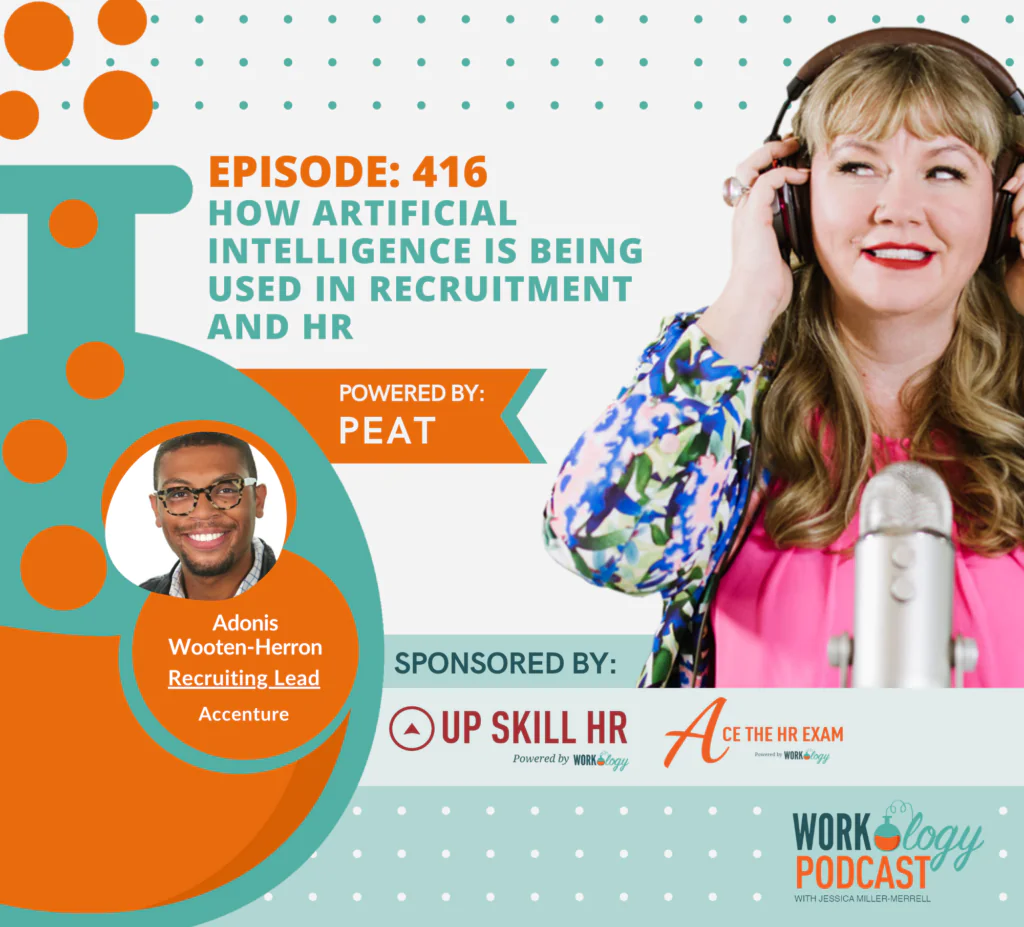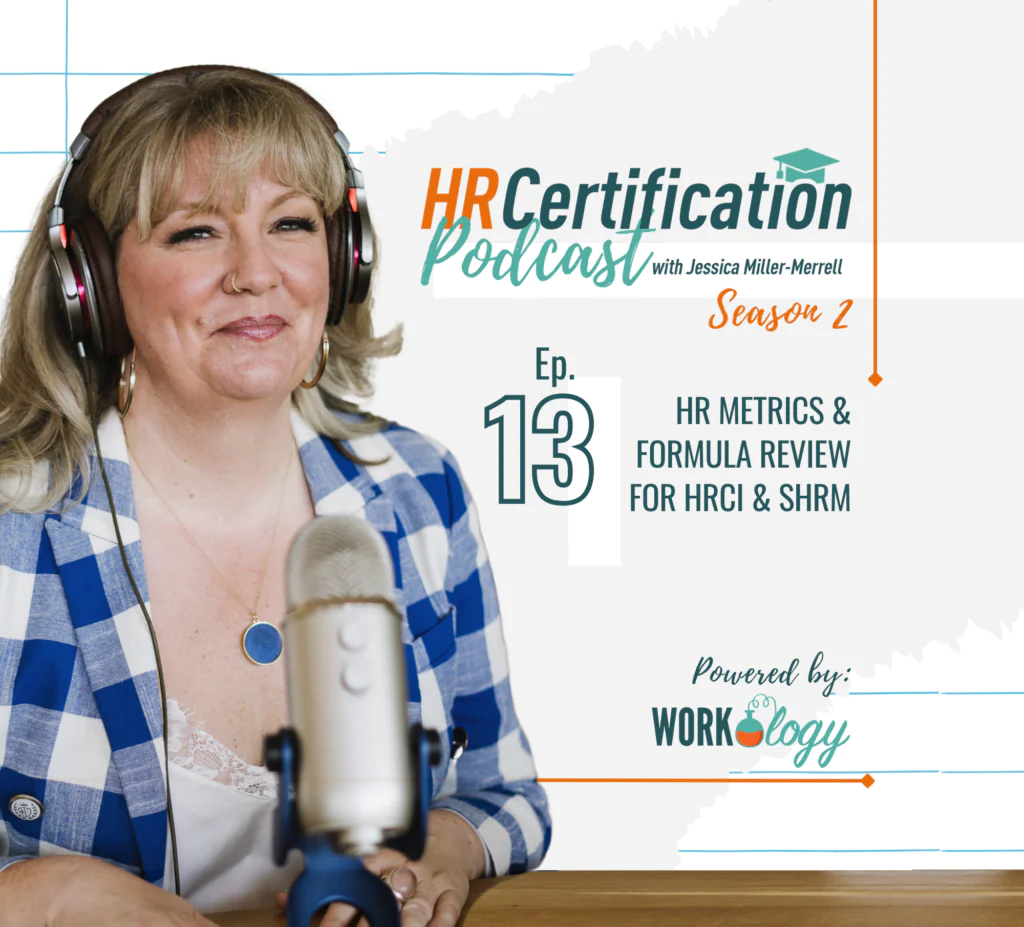In the past, January has been the cruelest month for job seekers. This week, business executives and their workers started back to work after the holidays. These same executives will be quietly analyzing and discussing this year’s budgets, head counts, and expenses over the course of the next few weeks as they make cuts and changes. However, this year is distinct. More uncertainty exists, therefore businesses are taking the safe route. A significant portion of this playing it safe has to do with the January 20, 2017, inauguration of a new president. Even without a new president, January is the month when staff members are frequently advised that their departments are being reorganized, that there are business layoffs, or that they will be terminated involuntarily for poor performance. This is simply how things go.
The increase in layoffs ushers in challenging discussions and decisions concerning employees. No matter how long you’ve worked for a company or how much experience you have, it’s difficult to inform people that they no longer have a job, and it’s difficult to decide where to make the same cuts. I’m not here to tell you how to run your company, but I am here to remind business leaders and managers of some things to understand, prepare for, and think about when it comes to layoffs and terminations.
Limit Your Legal Exposure After an Employee Termination and Layoff
Part of the role of an HR professional is to help evaluate anticipate risk when it comes to restructures, employee layoffs and terminations. If an unconscious pattern exists to a recent rash of terminations regardless if you meant to do it or not, it raises a red flag and is called unconscious bias. This unconscious bias is an area the courts system and the EEOC are evaluating more closely which is why it is important for employers to discuss the protected classes employees who are departing might fall under and where those liabilities might lie. While I’m not suggesting you make employment decisions based on these things, it is worth a conversation. For example, HP was slapped with a lawsuit by four former employees who were over 40. Their positions were eliminated due to company restructuring. General Mills is also facing a similar discrimination lawsuit filed by 30 former employees. Click here for resources on how to limit legal exposure.
Educate Yourself on the Unemployment Insurance and the Filing Process
One of the biggest myths that leaders tell themselves is that if they give their restructured employees enough notice, they company will not have to pay unemployment. This is absolutely not true. Yes, an increase in unemployment claims will result in an increase in your unemployment insurance rates. Unemployment benefits exist to help your former employees bridge the gap between jobs. Educate yourself on the process and your time commitment. This is critical especially if you are seeking to deny an employee’s unemployment benefit claim. Click here for unemployment benefit resources.
Severance Pay is a Common Practice for Exiting Employees
Sometimes employers choose to bridge the gap not just with unemployment benefits for their staff. They allow for severance pay which continues an employee’s salary after they exit your office. This type of compensation isn’t just for executives and restructured employees. Sometimes it’s worth compensating your employees to remove them from further negatively impact your workplace or if you would like to keep their negative gossip about your organization out of the public view and off of employee review sites like Indeed and GlassDoor. Click here for severance pay resources and information.
Don’t Forget About the WARN Act
The WARN Act is an employment law which requires employers to provide at least 60 days notice of layoffs and business location closures that impact more than 50 employees. Failing to comply with the WARN Act results in some pretty hefty fines for your business. Plus, it helps facilitate mass panic and hysteria at the offices that are not impacted by the closure. It’s important you follow the rules outlined in the WARN Act. Click here to learn more.
Prepare and Plan for Employee Conversations
Telling an employee they have been laid off has been one of the least enjoyable parts of working in HR. Just because conversations like these are unpleasant doesn’t mean they aren’t important. It’s critical that you talk to your impacted employees as soon as possible. You need to have your severance and/or termination documents handy including information regarding COBRA and benefits continuation and a firm timeline of when the organization needs to the documents signed by them. Business leaders should have a prepared script for these conversations, and I encourage they practice and even role play different scenarios as employees react to news like this differently. Don’t forget to prepare internal and external company communication and coordinate those communication efforts. A simple tweet, text or private message to co-workers, can travel around your workplace in a matter of seconds. Click here to access communication resources.
Protect Your Employees
We’ve all read or heard news reports about irate ex-employees bringing a firearm to their previous place of employment. Not just the departing employee, but other employees in the office, need to be prepared for these awkward circumstances or talks. Spend the additional time thinking through potential outcomes and ensuring that, as a leader, you have done everything necessary to make the transition for the departing employee as dignified and painless as possible. Ensure the safety of your employees by taking steps to increase office security. Installing new parking lot lighting, providing career counseling for departing employees, or upgrading the buildings’ security measures can all be examples of how to do this.
My belief of dignity first is the reason included the quote above from Lauren Hillenbrand, “Without dignity, identity is erased.” This sums up how a leader should view and approach a difficult employee conversation whatever it may be. While we can’t know their personal and financial circumstances, we can know, understand and sympathize with them by taking the proper time and effort in preparation for those uncomfortable conversations. Your preparation sends a message to them of your concern and professionalism to help make their transition as pain and stress free as possible.









